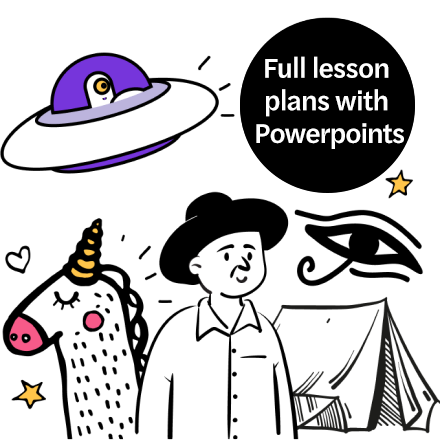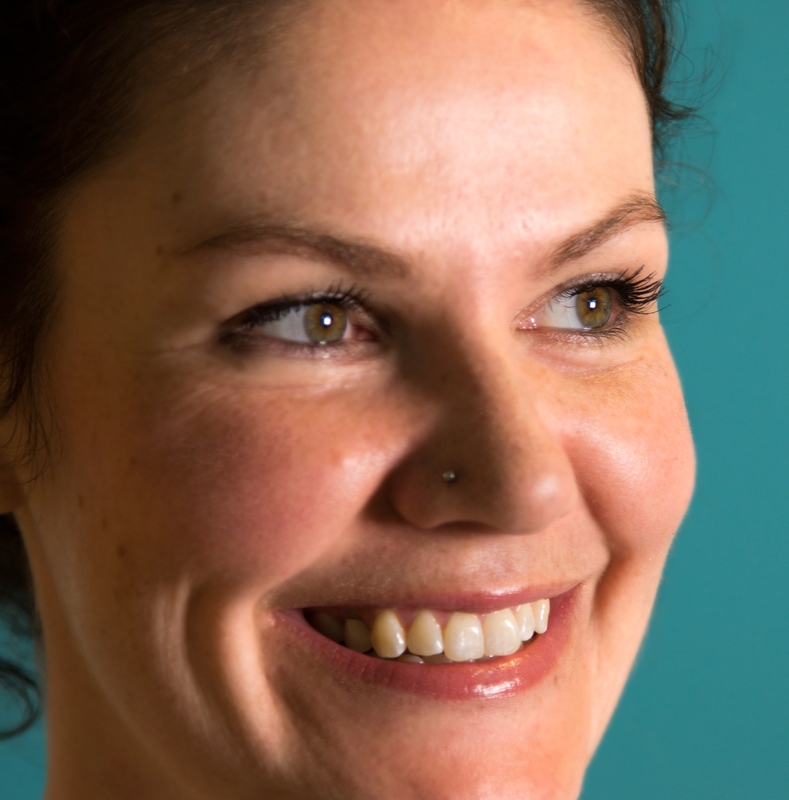Give Your Pupils An Engaging Way To Express Themselves Through Hands-On Activities

LEGO Education's Jessica Clifton looks at how teachers can help pupils who struggle with English – or simply verbalising themselves – ease into school life…

According to the United Nations High Commissioner for Refugees, there are currently over 63 million refugees worldwide having to relocate their families and children due to displacement through conflict – meaning that UK schools are increasingly likely to enrol pupils that might not necessarily speak English as a first language.
For children who don’t speak English, or those who have English as an Additional Language (EAL), the transition into school life can be very daunting at times, not least because of the language barrier. So what can be done to ensure every child feels welcome in the classroom? And how can teachers help other pupils to adjust when new classmates join their lessons?
Encourage discussion
Most pupils are aware to some degree of the complex social issues found across the world, if only through seeing sometimes distressing images and footage of conflicts via the media. Processing this information can be particularly difficult, especially for primary school pupils. It’s therefore important that such topics are discussed in the classroom, with pupils encouraged to ask questions and explore the issues.
Creative and hands-on activities are an engaging way for children to approach difficult subjects, providing a valuable insight into their understanding of the world around them, contained in a safe space. You could, for example, have pupils build a scene that represents their comprehension of a particular social issue. This activity will not only provoke discussion, but will encourage pupils to explore empathy and show compassion towards pupils that may not yet be able to speak English.
One of the most rewarding elements of teaching is getting to know your pupils – how they learn, what their likes and dislikes are, what inspires them. For pupils with EAL, however, teachers may need to find an alternative outlet that enables everyone in the classroom to communicate.
Enable communication
Storytelling is a technique that lets pupils communicate through physical demonstrations or enactments, which will often relay a message or tale in a clearer manner than through writing or verbalising. Using physical actions to relay a task is often beneficial for non-fluent English speakers – so why not ask your pupils to build a storyboard template that depicts a little bit about them, such as their family and their interests?
Their creations can then be used to gain an insight into how they’re finding the classroom environment and what you can do to do help further. This learning can be further reinforced with by taking photos of the scene with the aid of a mobile or tablet device, and digitally annotating these with appropriate English words beside some of the objects shown.
In time, you’ll be able to show how these images, actions and words can be connected to form a coherent sentence. These can subsequently be shared between teachers, keeping them informed of the pupils’ progress.
When you have pupils who are understanding of each other, and who all feel comfortable in the classroom, it increases the chances of friendships blossoming. Hands-on activities lend themselves well to pair work, giving pupils a chance to work together and encouraging bonds to form, while simultaneously developing their knowledge.
Endorse friendships
For example, you could have your pupils build a scene relating to the things they enjoy. There may be two pupils in the class that like football, straight away giving them the chance to discover and then bond over, a shared interest.
Children are perceptive enough to recognise changes in the world around them, so addressing any concerns or questions is paramount. Every child deserves a childhood, an education and the opportunity to develop friendships It’s often the case, of course, that friendships developed at school can last a lifetime.
Every child in the UK is different, but they all have one thing in common – a shared future. Exploring different cultures, backgrounds and beliefs will help open children’s eyes to the diversity around them, and go towards creating a classroom that is not only welcoming, but understanding and compassionate.
To see some examples of the type of activities you can provide for pupils with EAL, visit www.legoeducation.co.uk or follow @LEGOeducationUK











